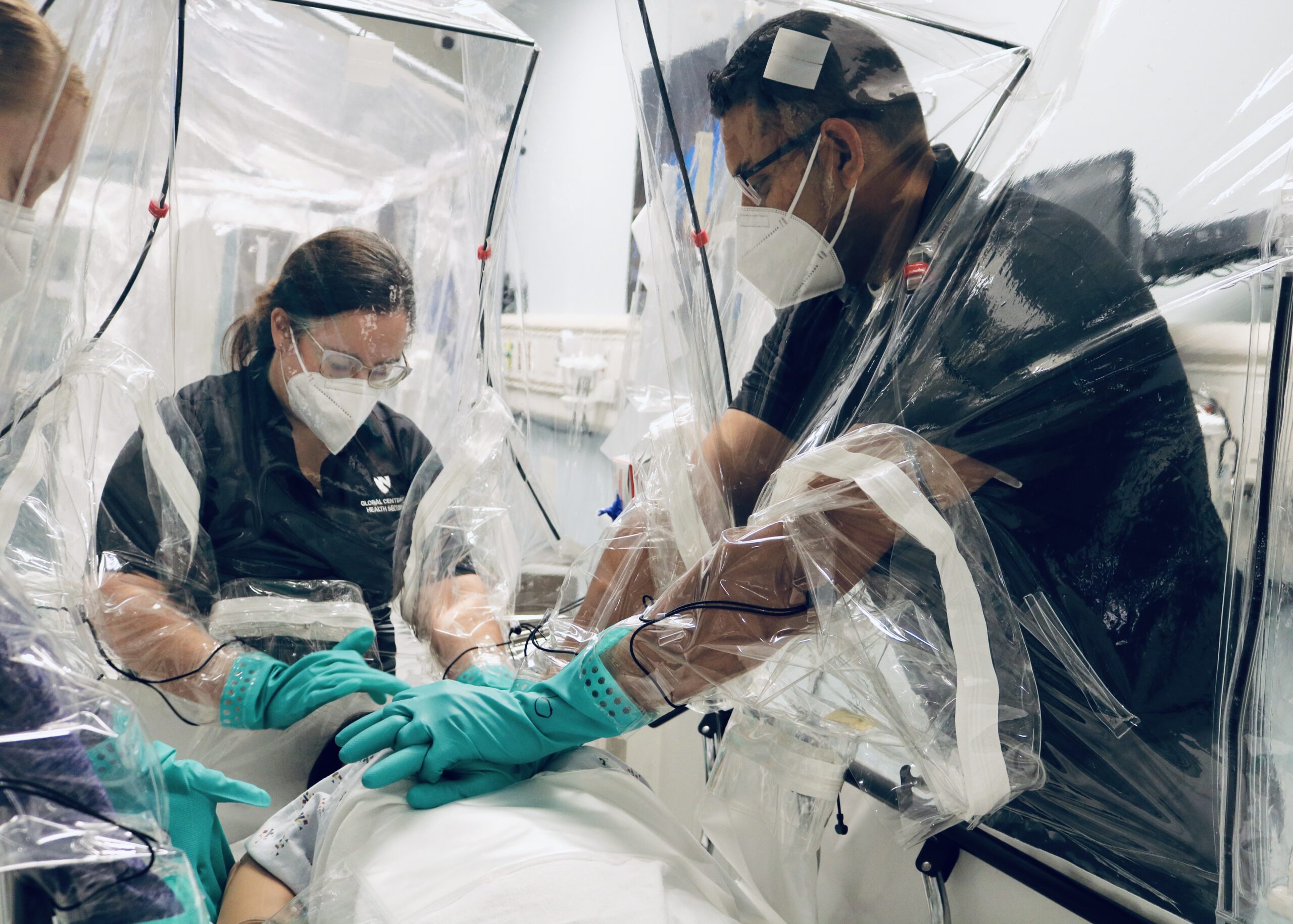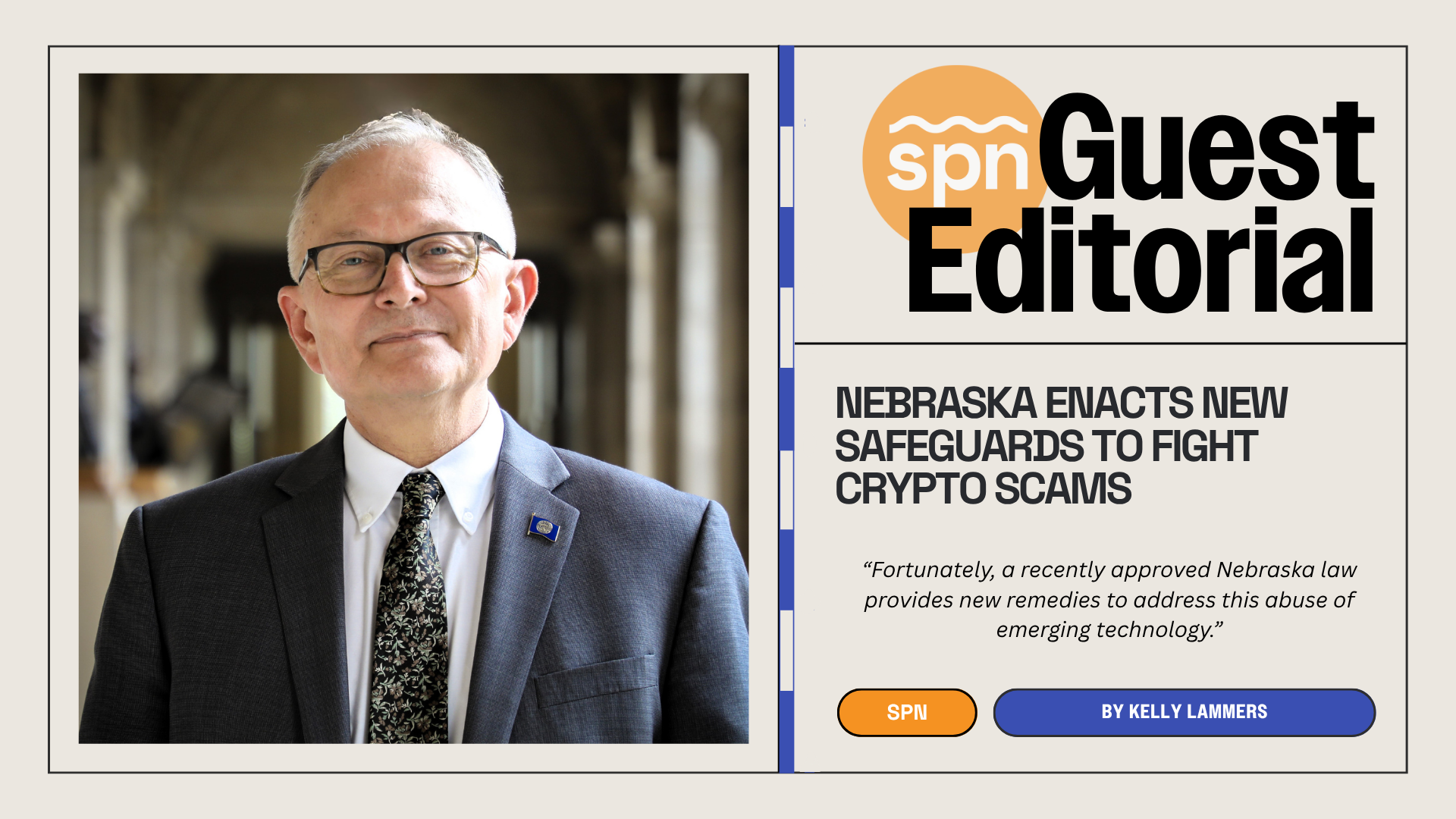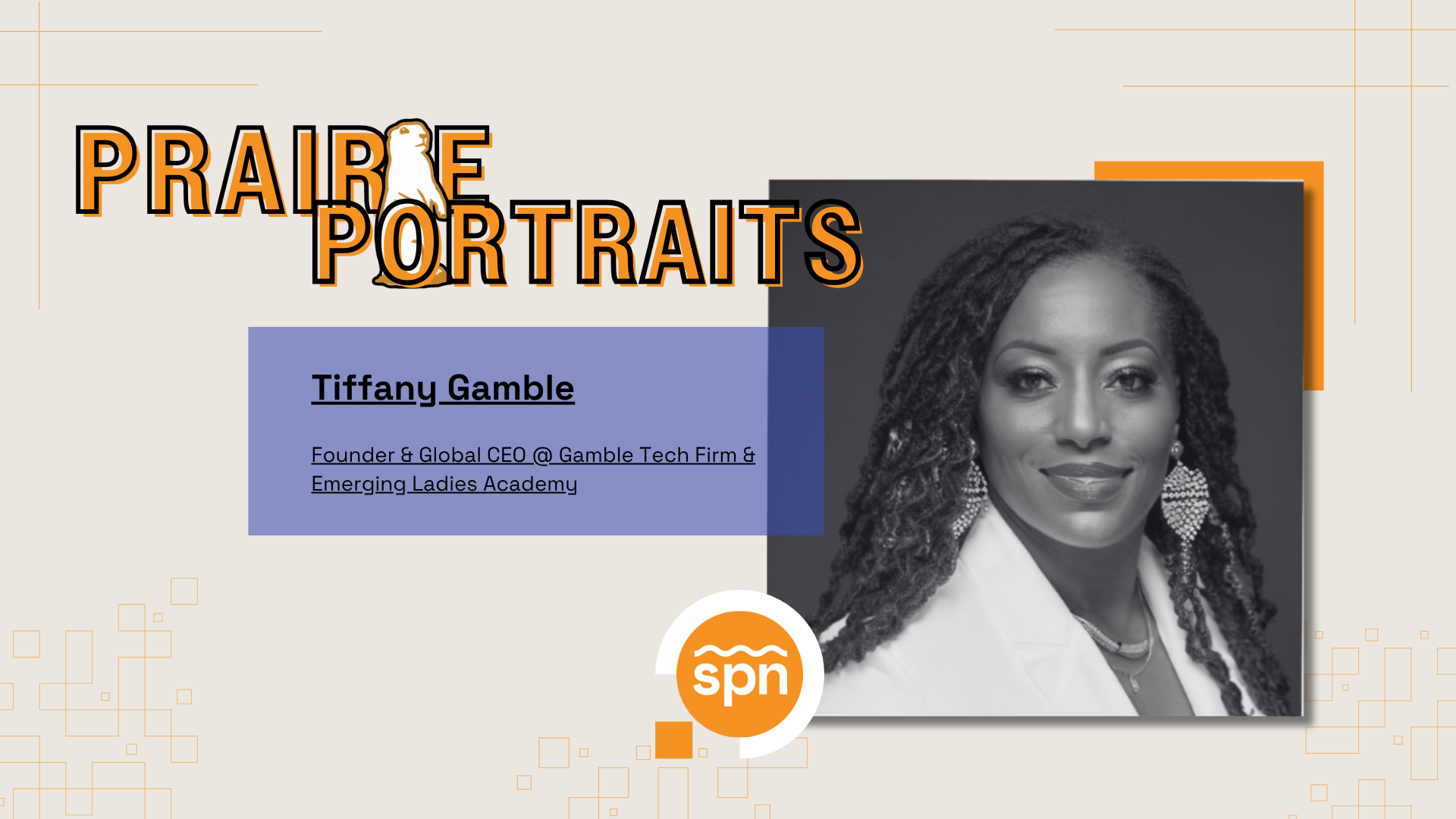Bulu, Inc. has been in the news recently with announcements of private label Subscription Boxes for some major clients. Co-Founder Paul Jarrett recently moderated a panel of big brand representatives at SubSummit, a three-day conference in New Orleans devoted to connecting and growing the Subscription Box industry. SPN caught up with Bulu CEO & Co-Founder, Paul Jarrett for an update.
SPN: How are things going these days?
PJ: We’re coming off the best months we’ve ever had as a business. We have an executable plan and a great team. We’re trying to hire really awesome project managers, that’s the last piece of the puzzle that will help us explode.

SPN: The company started out as Bulu Box and has rebranded to Bulu, Inc. What was behind the change?
PJ: The market told us this was the direction we should be going. We started out with Bulu Box, but over time large retail brands started reaching out to ask us questions about how to start their own boxes. Finally, it occurred to me that we should ask if they’d like Bulu to handle it for them. Truly, we provide Turnkey Subscription Box solutions, but the market refers to them as private label Subscription Boxes.
SPN: You’ve landed several really big names like Disney, Crayola, Scotts Miracle-Gro, Buzzfeed and more. How were you able to make those connections?
PJ: Part of the process was creating a list of the top 100 companies that met our target demographic. Disney, Lego, and Crayola were 1, 2, 3. They’re all multi-billion dollar retail companies that are trying to innovate and get in front of consumers. We met with Disney and Crayola and landed them, and we are going to be doing more programs with them soon. Ultimately, it comes down to building our reputation as the authorities in the industry. We work hard to stay one step ahead for our partners and that has resulted in many of them coming to us.
SPN: So it was just that simple?
PJ: Of course not. For example, I’ve been to multiple events with Lego and they say it’s not in their plan to do a Subscription Box, go away. For every brand we work with, we spend hundreds of hours doing our research to figure out if a Subscription Box meets their goals. Sometimes it doesn’t, and when that happens, we are transparent and tell them that we don’t believe it’s a good idea for them. To the public, they see all the major brands we work with, but behind closed doors there are numerous team members spending hours doing research, designing, corresponding with the partner, heading out on late night flights and more. These relationships take a ton of work to build. We do not take it lightly that the largest brands in the world are trusting us to build a method for them to go direct-to-consumer.
SPN: Do you have a story about getting a deal done?
PJ: My favorite stories are about the deals we had to fight for the hardest. In one particular instance, we worked our asses off and created a Subscription Box mock-up for a big brand we wanted to work with. Normally, we kill it when we are presenting the work in front of the client. Five minutes into the presentation I could tell it was going south, so I flipped over to plan B… ten minutes later and still no luck. So, I pulled out the actual mockup of the Box and put it in front of them. Truly, it was the best work we’ve ever done, and the guy goes “I’m just going to kill this right now.” I was crushed after putting our blood, sweat and tears into that project for him to just kill the Box right there. That wasn’t the end of our relationship with the client, but it’s a moment I’ll never forget.
SPN: What made them change their mind?
PJ: What happened on their end is that they decided they didn’t want to provide a Subscription Box program targeted to children, but they had not communicated that with us. The Subscription Box we ended up launching with them is part of a much larger strategy they’ve been working on for over two years and ultimately, it’s a big deal for them to trust us with one of their key products. We adjusted the project to match the goals they are trying to achieve and launched the Box about a year after the original pitch. On the flip side, we’ve had programs go from concept to launch in two months. The determining factor is usually the person on the other end of the phone.
SPN: So all these brands eventually realized that doing Subscription Boxes is not that easy to do by yourself?
PJ: There are many factors that go into launching a successful Subscription Box program. Through research, many large brands find that the technical factor is hard to pull off. You need business modeling, design, website, sourcing, fulfillment, customer service and more. When you launch a Subscription Box, you are basically starting a business. Many of the brands we work with have come to an understanding of the time, money and resources it takes to make the program successful and recognize it’s hard to do alone. Where there is innovation there is risk. If John Doe from Company X says I’m going to do this box myself and it fails, there’s a high likelihood that he will suffer the repercussions.
What we offer is the ability to help people take that risk and understand it. If it’s going to fail or be successful, we understand why. We’re able to project forward with high certainty that you will succeed if you take specific actions. We help them learn what has to be done to run a successful Subscription Box program.
SPN: Was there an “aha” moment that led you into the private label Subscription Box model?
PJ: There was a time about three years ago that I realized the way we were running Bulu Box wasn’t working. Our customer acquisition cost was getting too high and we were burning cash fast. My co-founder and wife Stephanie, and I had a kid on the way, and I was nearly losing my mind trying to figure out how to make the business work. I felt like we were sitting on something big, but I didn’t know what it was. As a business, we were doing everything correct, but clearly, we were missing a key component.
SPN: So you reached out to some other founders for perspective.
PJ: I was looking for clarity from anyone I could talk to. I made something like 47 calls, asking them what they were doing that I wasn’t. A resounding result was to look into EOS Worldwide. It felt like everyone was running with EOS and nobody had told me about it. There is a lot of support available for starting and optimizing a business, but EOS helps you scale.
SPN: Anything else that was contributing to your stress?
PJ: The other thing was that we didn’t have a firm grasp on financial projections. We didn’t understand cash flow as it relates to our complex company with software, hardware, and a warehouse. We thought we understood, but we lacked the ability to project forward and understand future cash flow. We had more revenue streams that you can imagine.
SPN: What did you decide to do?
PJ: I knew we were going to be low on cash in a few months and I decided that we needed to invest in EOS and a solid Chief Financial Officer. We made a big hire with Hank Pfeiffer to help with financials and scheduled our first EOS session with John Fulwider. I believe that implementing EOS and bringing Hank onboard made all the difference in pulling us out from under a potential failure.
SPN: What did you learn by working with John and EOS?
PJ: What EOS taught us is that we’re over-processing things. Our company is complex and when it came to finances, we had a great grasp on past and current financials, but we were not good at making decisions on strategic purchases and setting payment terms. We were treated like a startup because we were acting like a startup. Through implementing EOS, we began to understand the importance of putting the right people in the right seats and trusting them to help us move forward.
SPN: So these insights led to the pivot into private label Subscription Boxes?
PJ: Once we implemented EOS, we started asking ourselves what it would take to build a billion-dollar company. Should we stop focusing on growth capital and go to profitable and see how our world changes? Can we fulfill boxes for big companies? We focused on private label boxes and have doubled year over year. Now we say no to a lot of incoming business opportunities. We never had any intention of doing Subscription Boxes for big brands, but I view this as a way to move deeper into digital commerce.
SPN: Now you have two kids, a growing business and you live in downtown Lincoln. What led you here and what’s attractive about living downtown?
PJ: Early in our careers we were searching for the place that fit us best. We always felt out of place in our home towns of Lincoln and Wahoo. Our solution was to live and work in New York City. Surprise, we felt out of place there, too. Then we moved to the West Coast. Same thing. Our best friends ended up being from Kansas, Missouri, and other places in the Midwest. Then it dawned on us that most people don’t change. What you can change is your environment. We decided to come home and focus on how we can make Lincoln the place we want to be forever. To make Lincoln the place we want to raise our kids.
SPN: You’re very visible in the community, particularly when it comes to amenities that can attract more residents to the city center.
PJ: We got involved with the Downtown Lincoln Association, and Stephanie was asked to be on the board. We met with all the city council members and the mayor, and joined the University of Nebraska President’s Advisory Council and the Lied Center Advisory Board. Community involvement takes a lot of time and patience. When we are able to attend, we do our homework and try to be impactful.
SPN: So how do you achieve that elusive work/life balance?
PJ: We like to say you can have anything you want if you put in the time, but you can’t have everything you want because you’ll have no time. We implemented EOS for our personal life, mapped out our goals, and started chipping away at goals in business and in life.
SPN: Bottom line, things are going well?
PJ: Everything is moving, things are truly good. We’re really close to finalizing what it takes in terms of the overhead of managing a client. It’s weird when you’re actually doing so well that you don’t want to think about it too much. Transitioning from a growth-focused startup to a profit-focused business has been a good decision.





